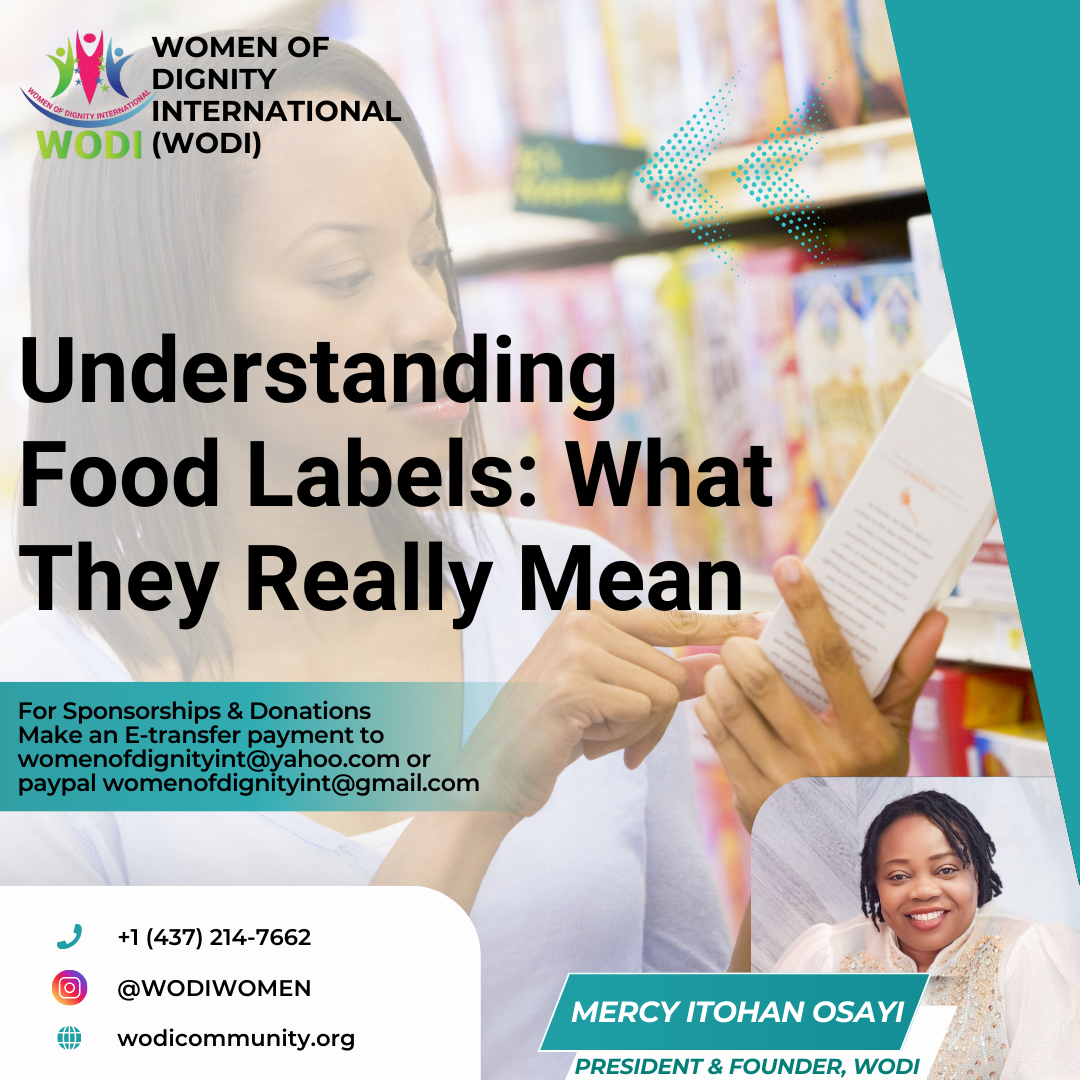Understanding Food Labels: What They Really Mean

Mar 22 2025
Understanding Food Labels: What They Really Mean
When you walk down the grocery store aisles, you might notice a lot of colorful packages and labels on your favorite snacks and meals. But have you ever stopped to think about what all those words and numbers really mean? Understanding food labels can help you make healthier choices and know exactly what you’re putting into your body.
First, let’s talk about the Nutrition Facts label. This is usually found on the back or side of the package. It gives you important information about what’s inside the food. For example, it tells you the serving size, which is how much of the food is considered one serving. This is important because if you eat more than the serving size, you need to adjust the numbers accordingly.
Next, you’ll see the calories listed. This number shows how much energy you get from one serving. If you're watching your weight or trying to eat healthier, keeping an eye on calorie intake is crucial.
The label also breaks down the nutrients in the food. You’ll find things like total fat, cholesterol, sodium, carbohydrates, fiber, sugars, and protein. Each of these plays a role in your diet. For instance, fiber is great for digestion, while too much sodium can lead to health issues.
Now, let’s talk about ingredients. The ingredients list tells you exactly what’s in the food you’re eating. Ingredients are listed from the largest amount to the smallest, so if sugar is at the top, that means there’s a lot of it in there! It’s a good idea to look for foods with shorter ingredient lists, as they often contain fewer additives and preservatives.
Now, let’s talk about ingredients. The ingredients list tells you exactly what’s in the food you’re eating. Ingredients are listed from the largest amount to the smallest, so if sugar is at the top, that means there’s a lot of it in there! It’s a good idea to look for foods with shorter ingredient lists, as they often contain fewer additives and preservatives.
You might also come across terms like “organic,” “natural,” or “whole grain.” Here’s what they generally mean:
You might also come across terms like “organic,” “natural,” or “whole grain.” Here’s what they generally mean:
• Organic: This means the food was produced without synthetic fertilizers or pesticides. Organic foods are usually more expensive but are often considered better for your health and the environment.
• Natural: This term can be a bit tricky because it isn’t strictly regulated. It generally means that the food doesn’t contain artificial ingredients or preservatives, but it doesn’t always guarantee that it’s healthy.
• Whole Grain: This means the product contains all parts of the grain kernel, making it a better choice than refined grains. Whole grains provide more nutrients and fiber.
• Whole Grain: This means the product contains all parts of the grain kernel, making it a better choice than refined grains. Whole grains provide more nutrients and fiber.
Lastly, watch out for health claims on the front of the package. Phrases like “low fat,” “sugar-free,” or “high in fiber” can be misleading. Just because something says it's low in fat doesn’t mean it’s healthy overall. Always check the Nutrition Facts label to get a complete picture.
Lastly, watch out for health claims on the front of the package. Phrases like “low fat,” “sugar-free,” or “high in fiber” can be misleading. Just because something says it's low in fat doesn’t mean it’s healthy overall. Always check the Nutrition Facts label to get a complete picture.
In conclusion, understanding food labels is all about being informed. By taking a little time to read and understand what’s on those labels, you can make better choices for your health and well-being. Next time you shop, don’t just grab items off the shelf—take a moment to look at the labels and see what they really mean!
In conclusion, understanding food labels is all about being informed. By taking a little time to read and understand what’s on those labels, you can make better choices for your health and well-being. Next time you shop, don’t just grab items off the shelf—take a moment to look at the labels and see what they really mean!
